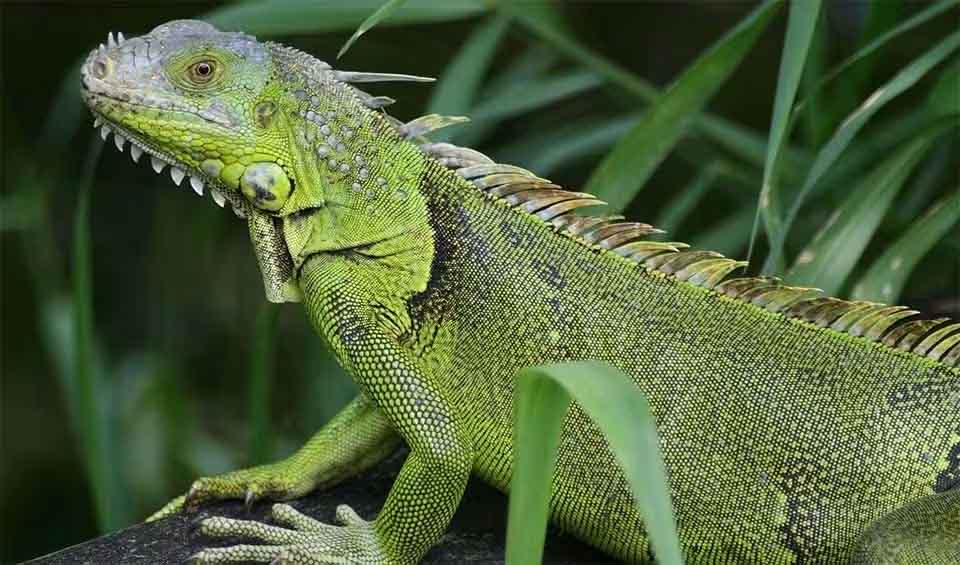The island covers an area of about 102 square kilometers and has a population of approximately 5,000 people following significant emigration due to volcanic activity. Despite the challenges posed by the Soufrière Hills volcano, which erupted in the 1990s, Montserrat remains a land of stunning natural beauty and rich biodiversity.
The most prominent feature of Montserrat’s landscape is the Soufrière Hills volcano, which dominates the southern part of the island. The volcano’s eruptions in the 1990s led to the creation of an exclusion zone but also contributed to the island’s dramatic scenery, with ash-covered landscapes and new land formations.
Four pillars elaborated:
Montserrat boasts a rich biodiversity and has established protected areas to safeguard its unique ecosystems, with the Centre Hills Forest Reserve being a key focal point. This reserve plays a vital role in conserving Montserrat’s endemic species and maintaining its diverse habitats, ranging from dry scrubland to moist forest. It also serves as a critical water catchment area, ensuring a fresh water supply for the island’s inhabitants. Complementing the Centre Hills Reserve, Montserrat implements local conservation initiatives supported by international partnerships and organizations, underscoring the global importance of the island’s natural heritage. Land Management
Land Management
Biodiversity loss in Montserrat is driven by various interconnected factors, including land-use change, invasive species, climate change, overexploitation, and pollution. The conversion of natural habitats for agriculture, urbanization, and infrastructure development, exacerbated by volcanic eruptions, leads to habitat destruction and fragmentation. Introduction of non-native species disrupts ecosystems by outcompeting indigenous species or transmitting diseases. Climate change alters habitats and affects species’ ability to thrive, while overexploitation through hunting and fishing rapidly depletes populations. Pollution further degrades habitats and directly harms species. Threats to Biodiversity
Threats to Biodiversity
Montserrat’s government is actively involved in numerous initiatives aimed at preserving and enhancing its biodiversity. Notable efforts include participation in the Darwin Plus Strategic Fund, a UK government-backed program supporting large-scale projects targeting biodiversity loss and habitat recovery on the island. Furthermore, the UK-Montserrat development partnership underscores a commitment to sustainable development, addressing challenges such as climate change and biodiversity conservation. Capacity and Governance
Capacity and Governance
Collaborative projects like the “Adopt a Home for Wildlife” initiative, facilitated by the Montserrat National Trust and other organizations, engage locals in activities benefiting the island’s unique wildlife. Additionally, community-led restoration projects focus on managing invasive species to boost Montserrat’s endemic/native plant and invertebrate populations, fostering biodiversity and offering sustainable small-enterprise opportunities. These actions showcase Montserrat’s steadfast commitment to safeguarding its natural heritage, bolstered by international partnerships and grassroots involvement.
Tuvalu’s National Biodiversity Strategy and Action Plan (NBSAP) for 2030 serves as a comprehensive roadmap for biodiversity conservation, addressing current status, trends, and threats while highlighting the socio-cultural and economic importance of flora and aquatic species. The plan outlines Tuvalu’s conservation efforts, including legal frameworks, land tenure, and land-use practices, emphasizing the integration of biodiversity concerns across relevant sectors. Aligned with the Convention on Biological Diversity’s objectives, it aims to protect and sustainably manage Tuvalu’s biodiversity, contributing to both the Millennium Development Goals and broader conservation endeavors. Future Trends
Future Trends
Biodiversity
Montserrat boasts diverse ecosystems that harbor a plethora of flora and fauna, attracting nature enthusiasts worldwide. Its flora, a blend of tropical and subtropical species, thrives in lush rainforests where towering mahogany, mango, and breadfruit trees dominate alongside ferns and orchids. Coastal regions are adorned with coconut palms, sea grapes, and mangroves, vital for shoreline protection and wildlife habitats.The island’s fauna is equally captivating, with a spotlight on its avian inhabitants, notably the critically endangered Montserrat oriole, found exclusively in the Centre Hills. Other endemic and endangered bird species like the bridled quail-dove, brown trembler, and forest thrush also call Montserrat home. Its forests and wetlands provide refuge for reptiles such as the endangered Montserrat galliwasp and the red-footed tortoise. In the surrounding marine waters, a diverse array of fish species, sea turtles, and vibrant coral reefs further enrich Montserrat’s natural splendor.
birds
American kestrel
The smallest of falcons in the entirety of America, but you would be mistaken to take this bird lightly
Peregrine falcon
At the speed of over 321 km/h (200 mph), this bird outraces a Formula1 car
White-tailed tropicbird
These ocean wanderers can be spotted from a distance showing awe-inspiring aerial tricks
reptiles
Leatherback sea turtle
The mysterious diver of the ocean is the largest and only sea turtle without a hard shell and scales
Loggerhead sea turtle
One of the largest and strongest sea turtles in the world
Green iguana
From the US down to Brazil, this trans-American lizard is the most common iguana
National Animals
Montserrat oriole
They’ve been seen using tools, like twigs, to pry open fruits











